Cortian
No longer a newbie, moving up!
- Joined
- Jan 1, 2018
- Messages
- 503
- Reaction score
- 209
- Location
- S.E. Michigan, USA
- Can others edit my Photos
- Photos OK to edit
With my Canon 40D I believe I can achieve back-button focus by selecting "3" from C.Fn IV -1:
Assuming I'm correct: Then the next question is: What auto-focus type would one use? I'm normally set at AI Focus, as per Ken Rockwell's suggestion, but I'm wondering if it shouldn't be one-shot when you're doing back-button focus?
I also have the camera set for single-AF-point, rather than automatic AF point selection, as the latter doesn't appear to DTRT for me. (Though I have found it amusing to watch what it "thinks" I want .)
.)
If I understand that correctly: The AF-ON button will lock focus and the shutter button will then set only metering.C.Fn IV -1 Shutter button/AF-ON button
3: AE lock/Metering + AF start
Convenient when you want to focus and meter at different parts of the
picture. Press the <AF-ON> button to meter and autofocus, and press
the shutter button halfway to attain AE lock.
Assuming I'm correct: Then the next question is: What auto-focus type would one use? I'm normally set at AI Focus, as per Ken Rockwell's suggestion, but I'm wondering if it shouldn't be one-shot when you're doing back-button focus?
I also have the camera set for single-AF-point, rather than automatic AF point selection, as the latter doesn't appear to DTRT for me. (Though I have found it amusing to watch what it "thinks" I want


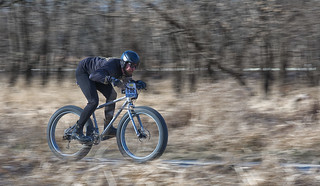
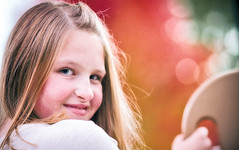

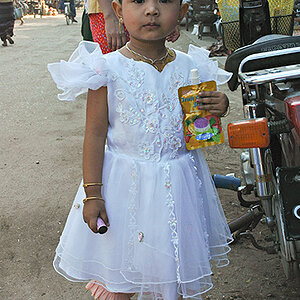
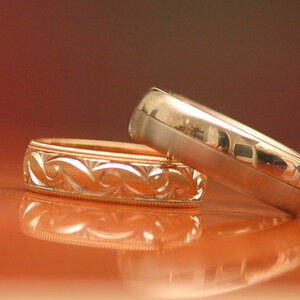
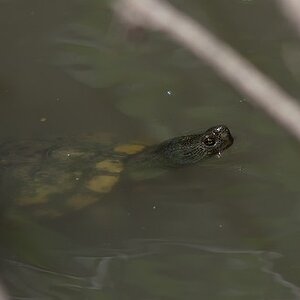
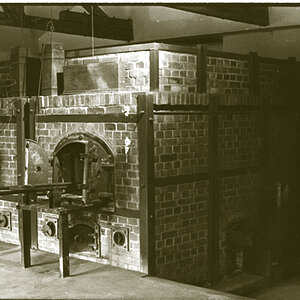

![[No title]](/data/xfmg/thumbnail/38/38726-c2f92932ae847f22fd6548bf87263976.jpg?1619738702)
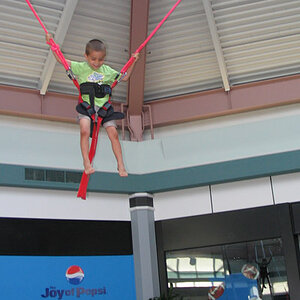

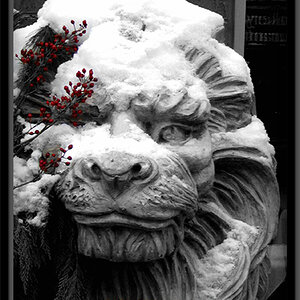
![[No title]](/data/xfmg/thumbnail/38/38727-8e7c94a88000531231f3040ce330aced.jpg?1619738702)